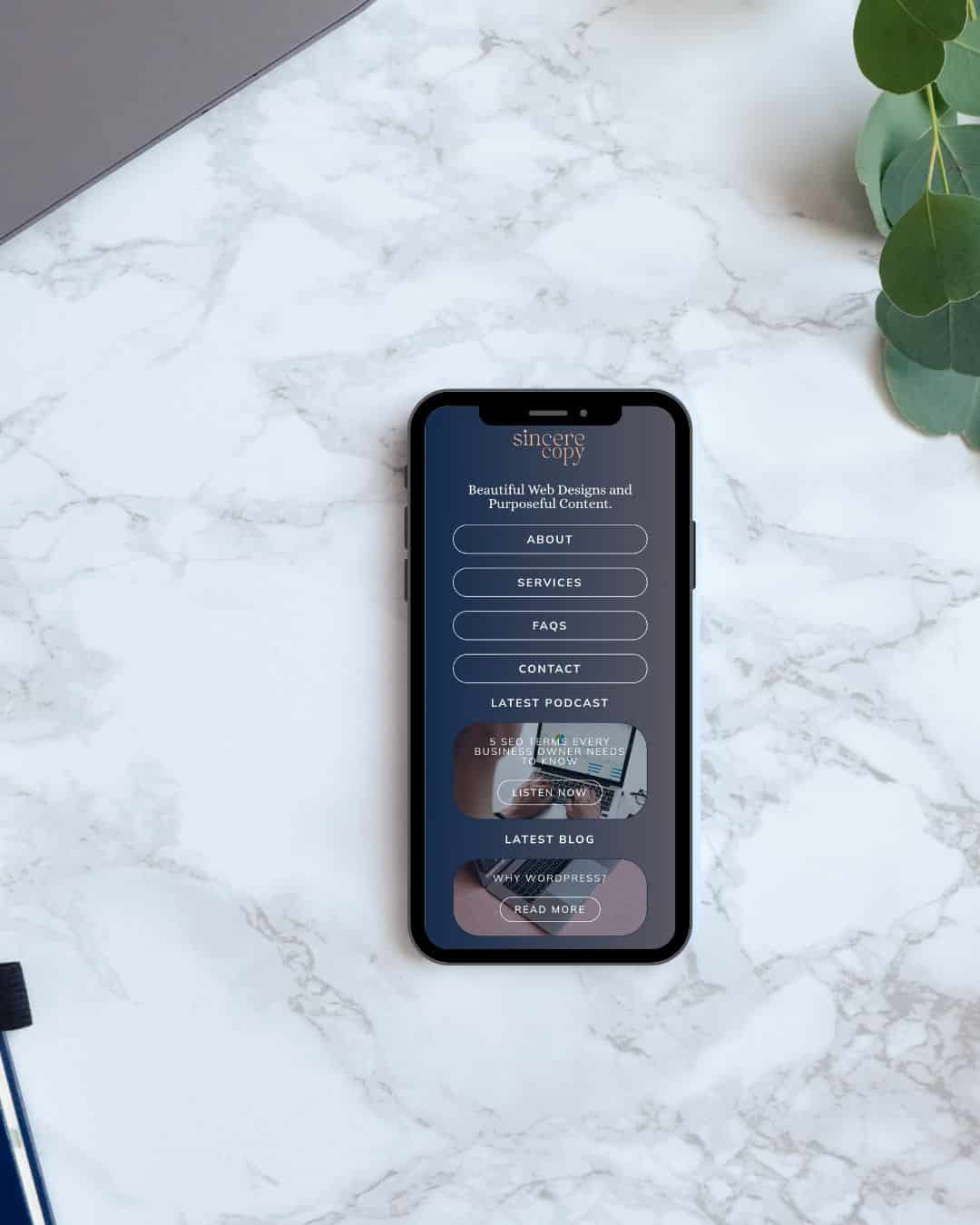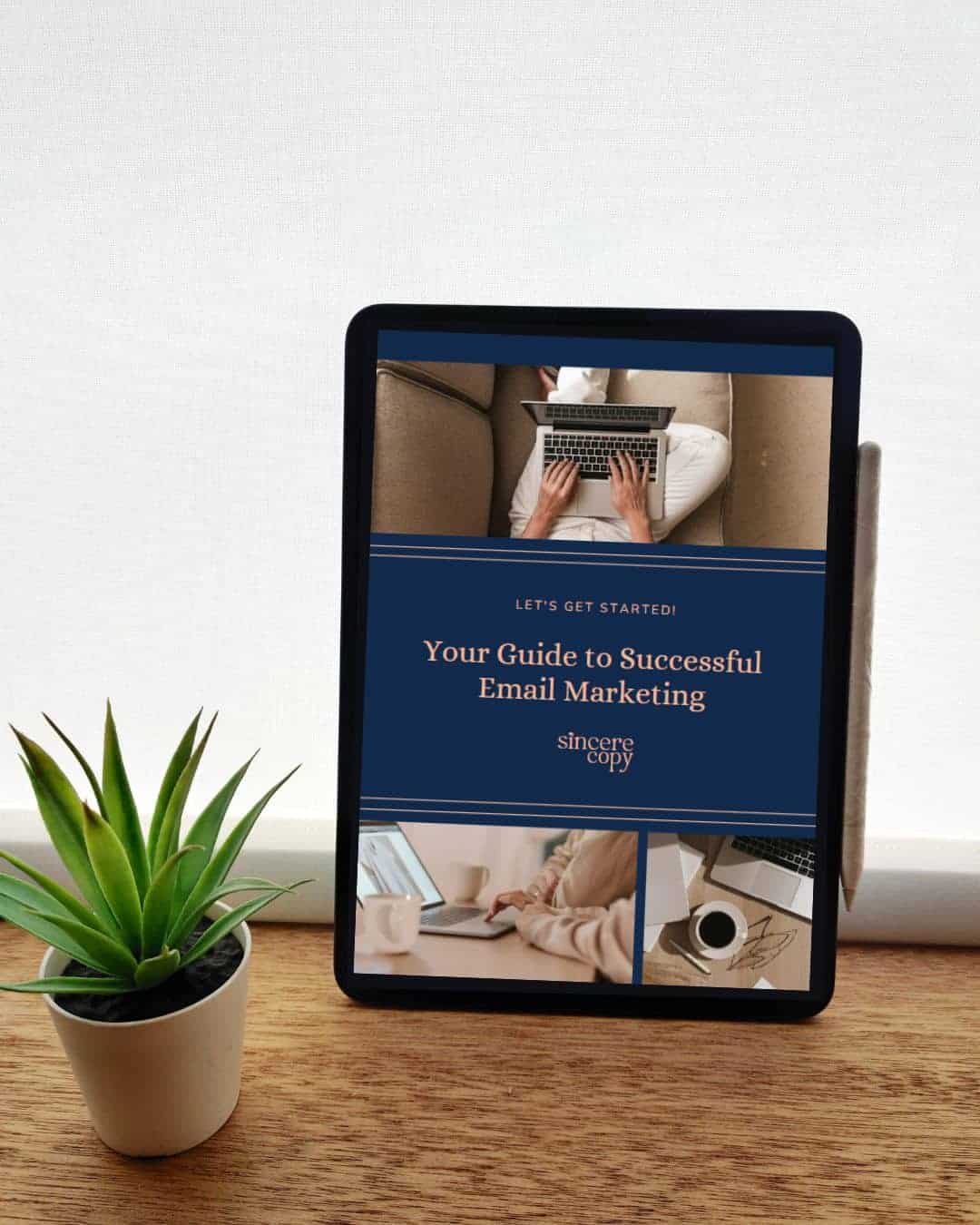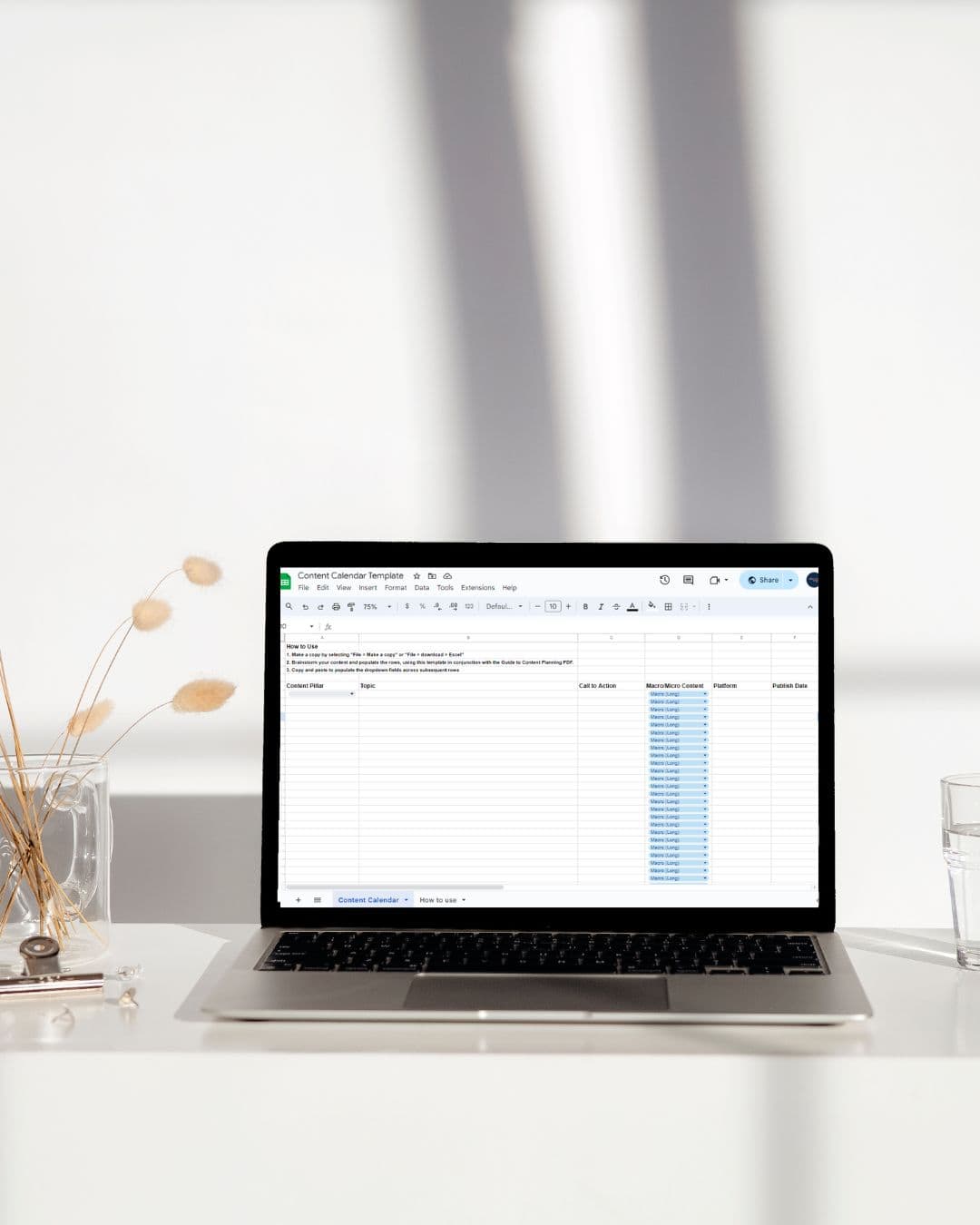In recent years, Instagram has transformed from a fringe image-sharing app for retro and vintage-loving girlies (Valencia 4eva!) to a must-haves for businesses and anyone building a personal brand. However, until as recent as 2023, the platform’s limitation of including only one clickable link in the bio section has led to the rise of “Link-in-Bio” sites, such as Linktree and Milkshake: external pages designed to host multiple links. While this may seem like an ideal solution for driving traffic to various destinations, the reality is that Link-in-Bio sites often do more harm than good when it comes to website conversion. In this blog post, we will explore the downsides of Link-in-Bio sites and provide insights into creating a mobile-optimised link webpage that can genuinely benefit your online presence.
Link-in-Bio Sites Distract and Confuse Users
When visitors click on a Link-in-Bio site, they are taken away from our main website, creating a disconnect in user experience. Redirecting users to an external page increases the likelihood of distraction and confusion, as they may lose sight of their original intent of visiting your website. The lack of seamless integration Link-in-Bio sites can also harm brand perception and trust. Users may wonder if the Link-in-Bio site is genuinely affiliated with your brand or if it’s an unrelated and potentially untrustworthy third-party page.
Negative Impact on Search Engine Optimisation
Search Engine Optimisation, or SEO, plays a vital role in driving organic traffic to your website. Link-in-Bio sites can negatively affect SEO by diverting traffic away from the main website. When users access your content through a Link-in-Bio site, it doesn’t contribute to your website’s ranking. As a result, your website’s SEO performance may suffer.
Using my own website as an example, this is what my Google Analytics looked like in June 2023, when I was still using Unfold, a Link-in-Bio site by Squarespace. As you can see, Google Analytics didn’t pick up any traffic from social media. The site traffic from Unfold could possibly fall under my referral traffic, but it is a bit ambiguous, given I have planted other external backlinks via directories and websites I’ve built.
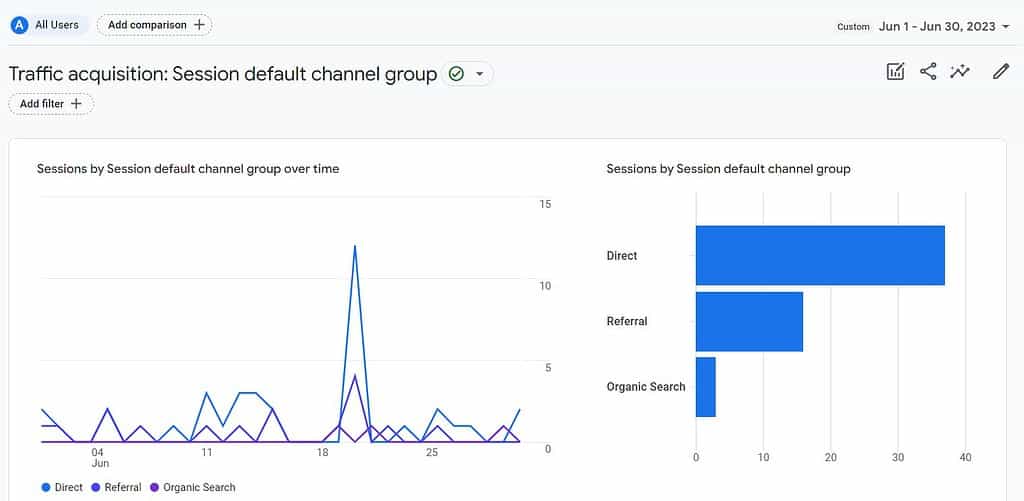
Contrast this to the Google Analytics traffic data from July 2023, after I migrated my site to WordPress and created a custom links page:
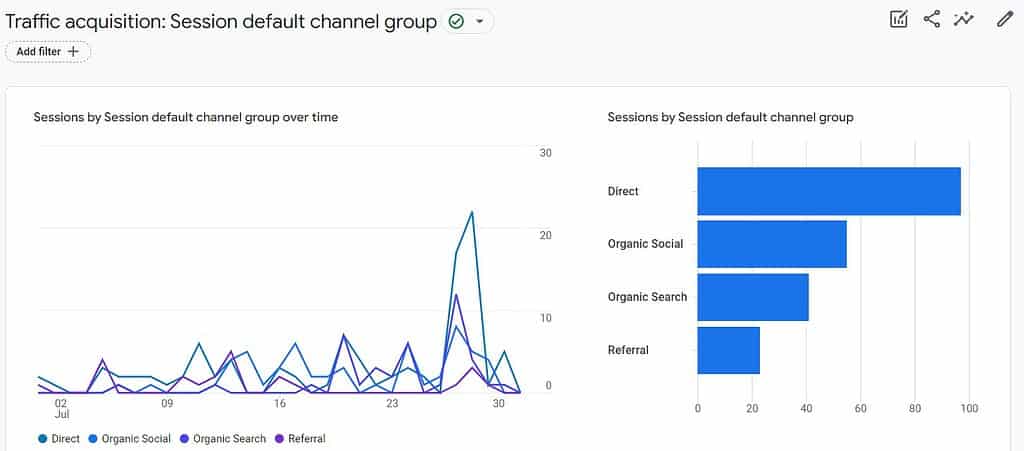
Google Analytics is now tracking referral traffic from social media, counting site hits into my overall site visit numbers. This not only bolsters my overall site traffic, but it will also also helps to boost my site authority over time. Moreover, it provides more clarity about your site’s traffic acquisition.
So far, I’m happy with the results after moving from my Link-in-Bio site to a customised unindexed link page built on WordPress. Although Instagram now offers users the option to insert 5 links in bio, the reason below alone convinced me to create a standalone and customised Link-in-Bio site that ties back to my main website.
Limited Customisation and Branding
Most Link-in-Bio platforms offer limited customisation options, leading to a generic and less visually appealing experience. Consistent branding is crucial for establishing brand identity and recognition, but Link-in-Bio sites often lack the ability to showcase your brand’s unique personality effectively. This limitation can hinder efforts to connect with your audience and differentiate yourself from competitors.
This is a comparison of my Link-in-Bio pages:
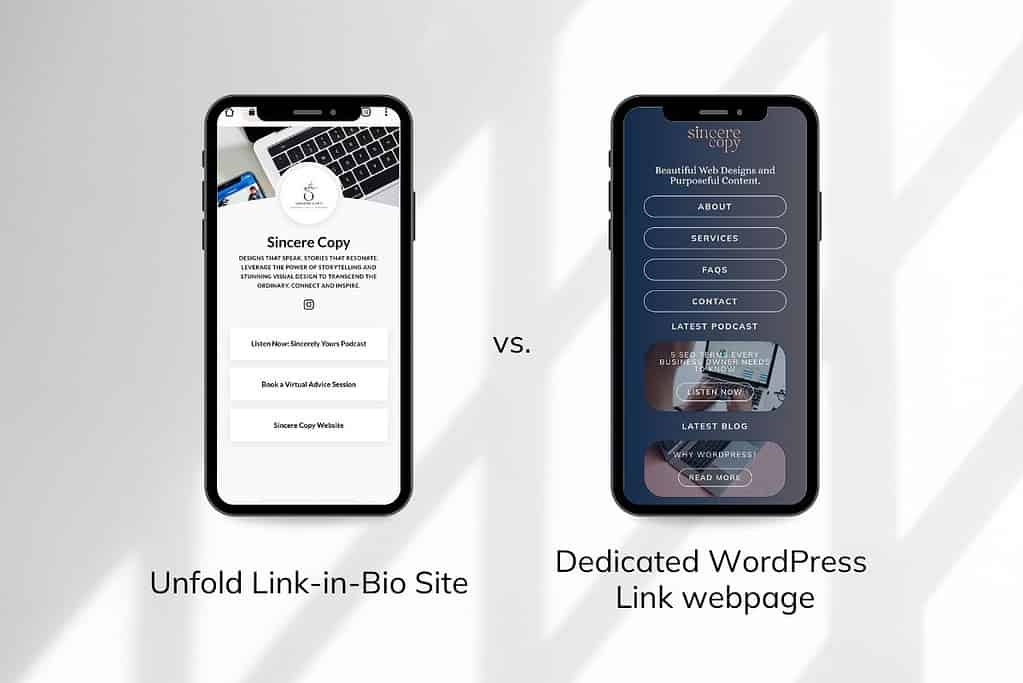
The new design, powered by WordPress, was built from ground up and designed to specs according to Sincere Copy’s branding. The link webpage includes a live feed that displays my most recent blog post and podcast episode. This feature has been extremely helpful for me, as I often forget to update my Link-in-Bio with the latest content related to my Instagram post. With the direct feed integrated into my customised links webpage, I’m hoping to simplify the process of linking to my newest content or offers from Instagram.
Reduced Conversion Rates
Ultimately, the main goal of any online presence is to drive conversions, whether that’s making a purchase, signing up for a newsletter, or completing a contact form. Link-in-Bio sites create an additional step between users and your desired conversion goal, making it more challenging for users to take the desired action.
Whilst Instagram has added the function to insert up to five URL links in your profile, only one URL link is visible. There is an additional step required to access other links. The links are also displayed in full, and lacks the ability for visual customisation or add a call-to-action, as illustrated below.
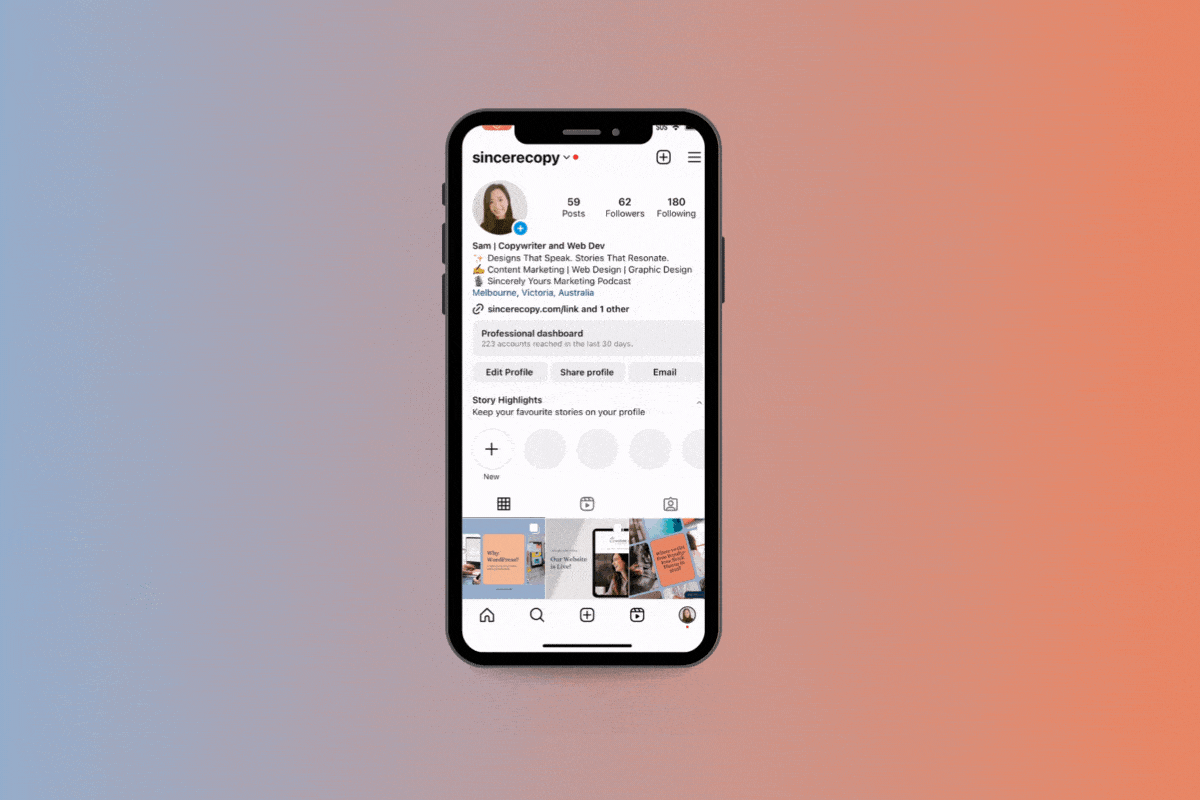
In this attention-deficit world we’re living in, this added friction can lead to a drop in conversion rates, resulting in missed opportunities for business growth.
Designing an Optimised Link Webpage for Mobile: A Better Alternative
Rather than relying on Link-in-Bio sites, create a dedicated link webpage that is optimised for mobile devices. Here’s how you can do it:
Keep it Simple and Branded Design
Create a clean and straightforward link webpage that reflects your brand’s aesthetics and personality. Use your brand colors, logo, and fonts to maintain a cohesive experience. By eliminating distractions and unnecessary elements, you can guide users more effectively towards your desired conversion actions.
Organise Links Strategically
Prioritise the most critical links that align with your conversion goals. Place them prominently on the page to ensure easy access for users. Consider using clear and concise calls-to-action (CTAs) that encourage users to take the next step.
Mobile Responsiveness is Key
With the majority of internet users accessing content on mobile devices, ensuring your link webpage is mobile-friendly is essential. Responsive design allows your page to adapt seamlessly to different screen sizes, ensuring a positive user experience across all devices.
Monitor and Optimise Regularly
Analyse the performance of your link webpage using web analytics tools. Track user behavior, click-through rates, and conversion rates to identify areas for improvement. Optimise the page based on these insights to maximise its effectiveness.
Take the Next Step: Create a Proper Link-in-Bio Site Linked to Your Actual Website
If you are ready to enhance your online presence and improve website conversions, it’s time to move away from generic Link-in-Bio sites. Sincere Copy can help you create a custom link-in-bio solution that seamlessly integrates with your website, maintaining brand consistency and driving meaningful results. Contact us today to get started on creating a proper link-in-bio site that works in harmony with your online strategy.
In conclusion, while Link-in-Bio sites may seem like a convenient way to share multiple links on social media platforms, they can ultimately harm your website conversion rates. By opting for a dedicated link webpage that is optimised for mobile, you can create a more cohesive user experience and drive higher engagement and conversions. Don’t miss out on valuable opportunities to grow your business online. Let’s work together to create a tailored link-in-bio solution that benefits your brand and drives real results.
